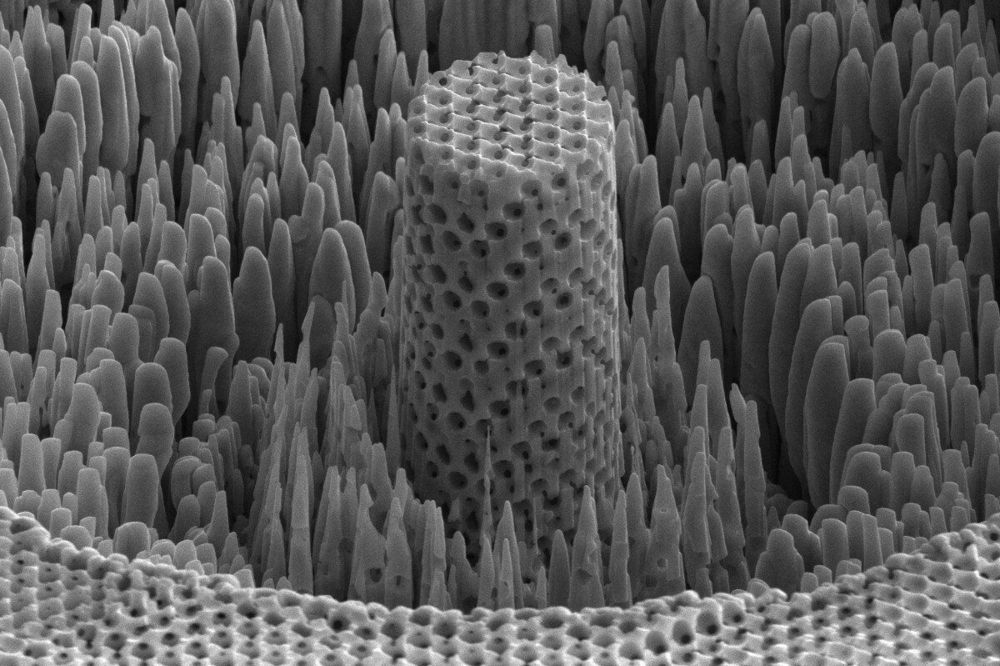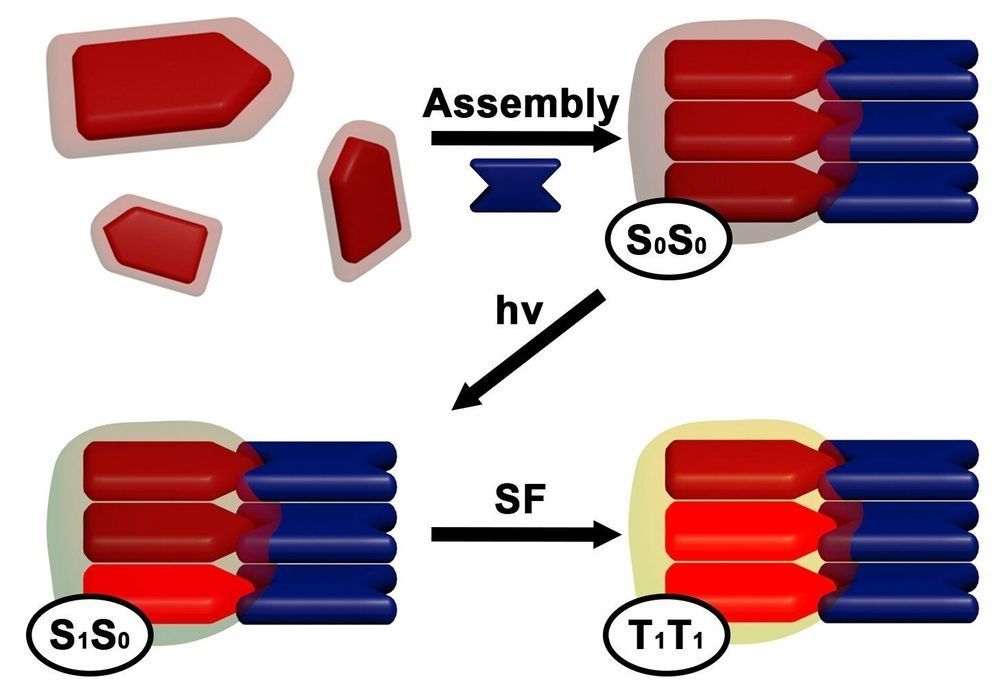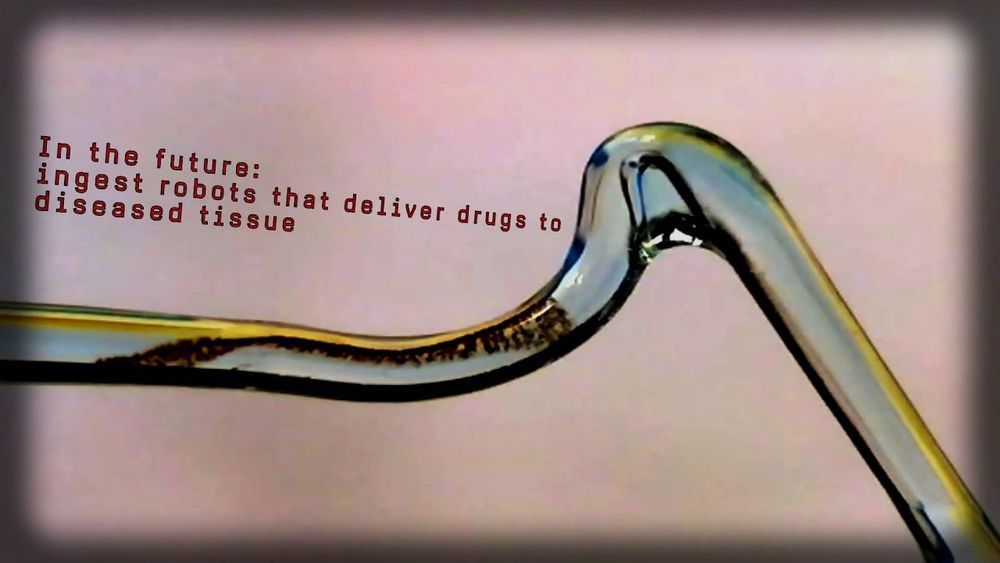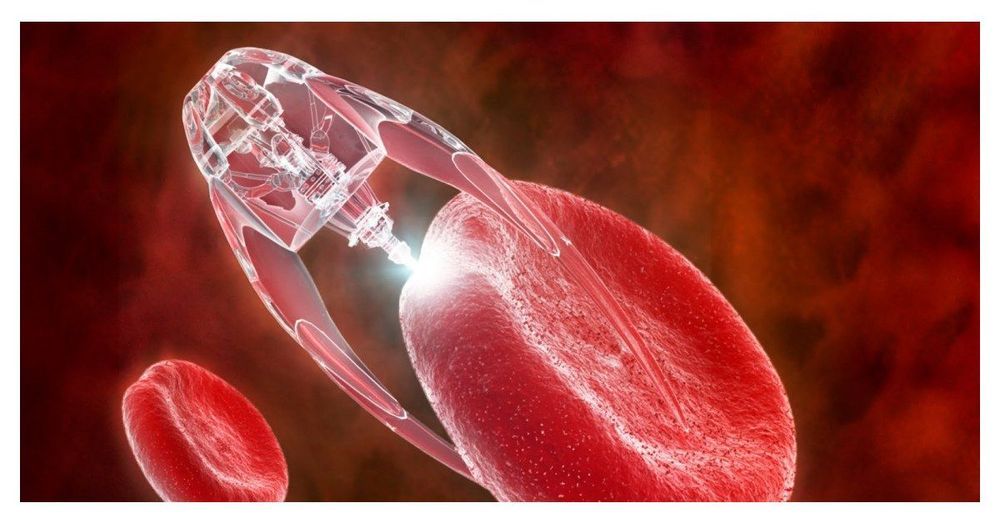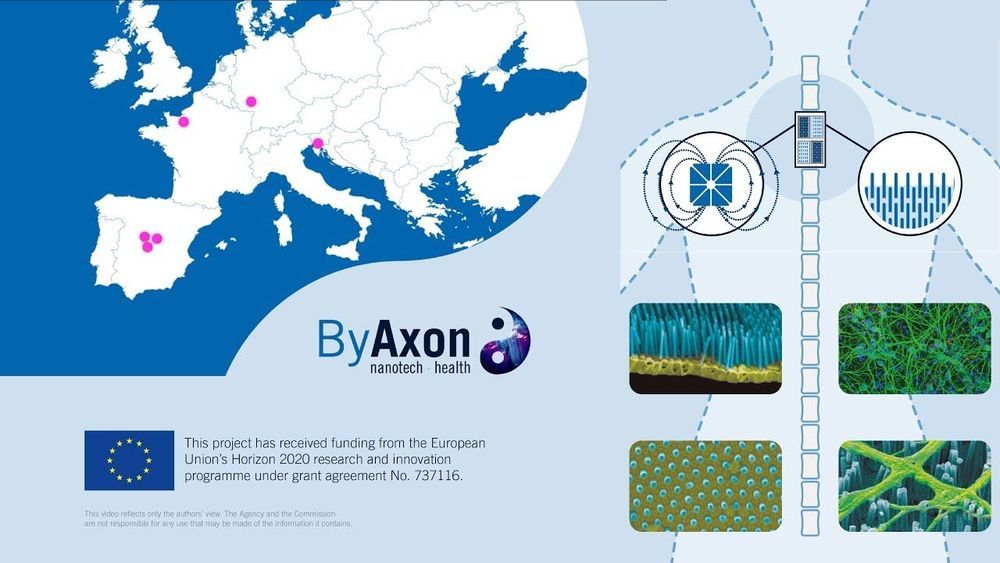Feb 3, 2019
Mollusk with magnetic teeth could be the key to nanoscale energy sources
Posted by Genevieve Klien in categories: bioengineering, energy, genetics, nanotechnology
A team of scientists have made a new discovery about naturally occurring magnetic materials, which in turn could lead to the development of nanoscale energy sources used to power next generation electronic devices. Researchers from Japan’s Okayama University and UC Riverside’s Bourns College of Engineering worked together to study the gumboot chiton, a type of mollusk that produces teeth made of the magnetic mineral magnetite, in hopes of better understanding its genetic process.


